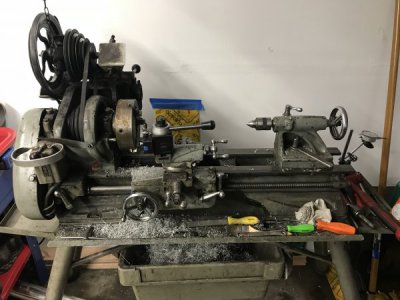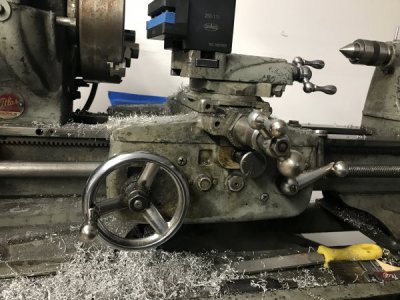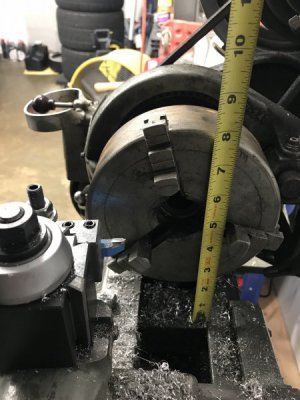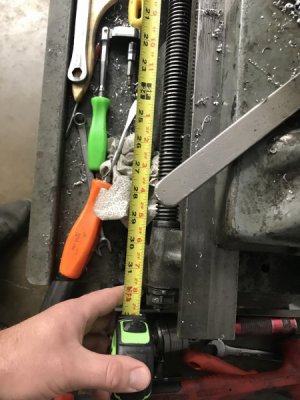- Joined
- Sep 4, 2013
- Messages
- 99
Here are some pictures of my 10F TH42 which Robert D has identified yours to be the same lathe as mine. You can see how the motor mount is directly behind the headstock and at a distance appropriate to the length of the belt used to connect the countershaft to the headstock. The belt from the motor to the countershaft needs to be long enough to have the motor suspended from it so that the motor actually provides the tension needed. Although it is hard to see, the motor is actually not in contact with the table top and is floating suspended by the belt. I have a newer solid pulley on the countershaft because the spoked pulley (like yours) was broken.
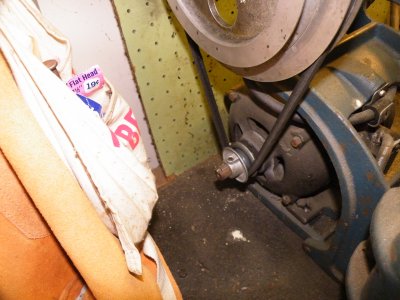
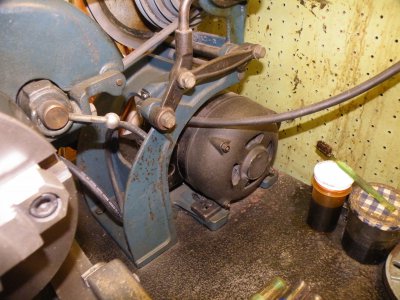
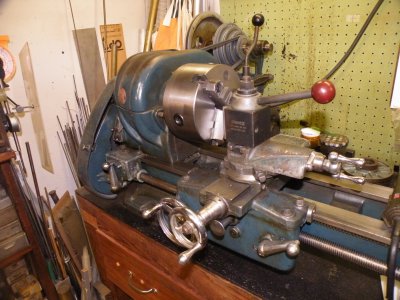
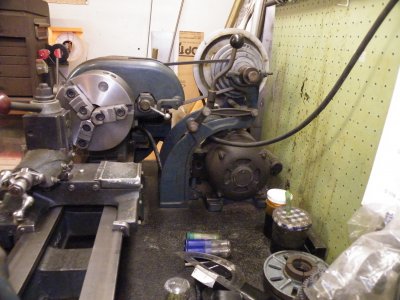
Hope this helps you to get set up. I have enjoyed mine for over 25 years and it does all that I ask of it. Changing to a QCTP is mandatory to get the most out of it, though. I would also suggest you to go to a hardware store and replace all of the electrical wiring now, rather than waiting for it to go bad and have to work on it in the middle of a project. Don't ask me how I know that!
Frank Duncan



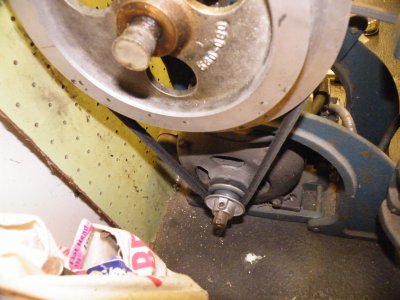





Hope this helps you to get set up. I have enjoyed mine for over 25 years and it does all that I ask of it. Changing to a QCTP is mandatory to get the most out of it, though. I would also suggest you to go to a hardware store and replace all of the electrical wiring now, rather than waiting for it to go bad and have to work on it in the middle of a project. Don't ask me how I know that!
Frank Duncan






